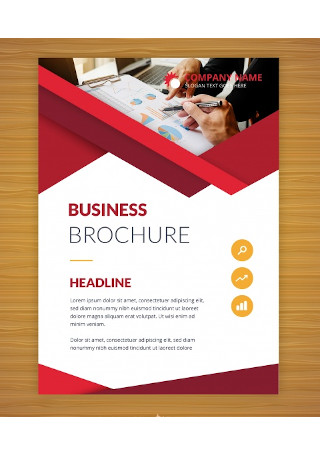In the highly competitive business industry, trifold brochures are versatile marketing tools used by brand managers, marketing specialists, and other businesses and professionals to significantly boost their brand's visibility.…
continue reading50+ Sample Brochures
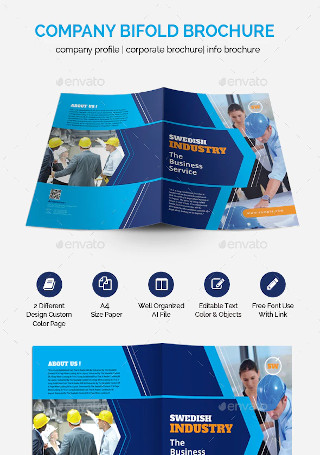
Professional Bifold Brochure Graphic
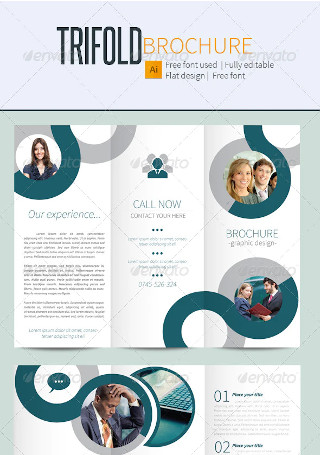
Business Brochure Graphic Design
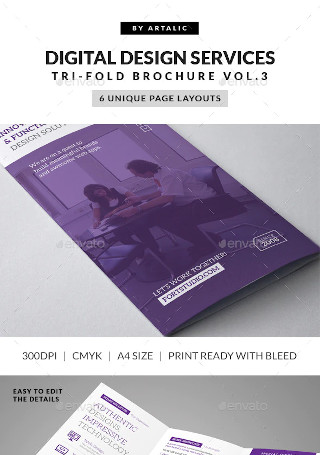
Web App Graphic Design Brochure
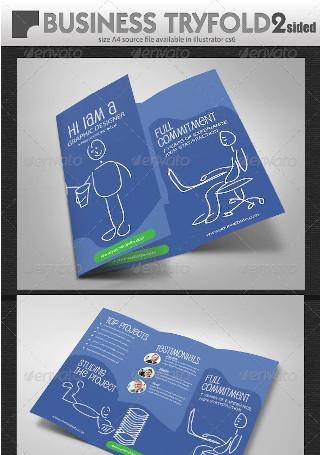
Graphic Designer Brochure
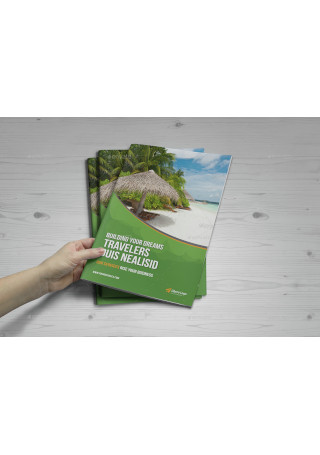
Multipurpose Bifold-Trifold Brochure
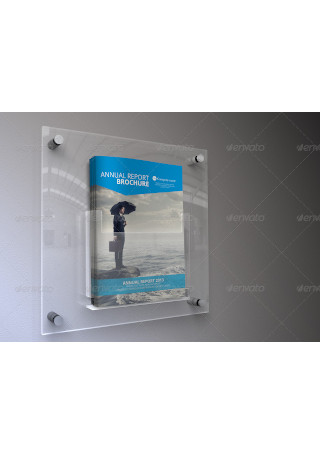
Mock-Up A4 Display Brochure Box
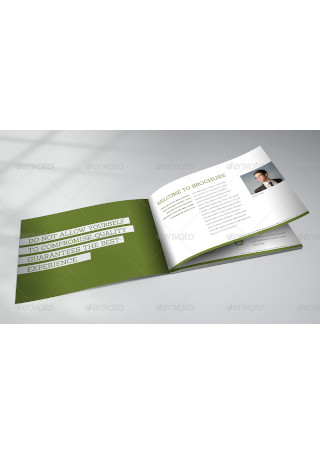
Horizontal Brochure Mock-Up
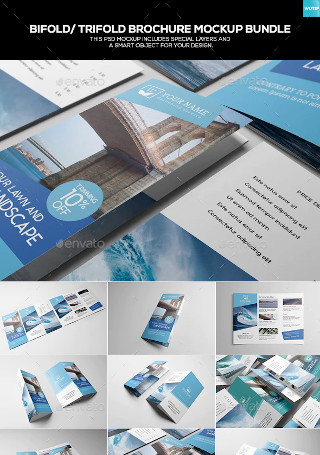
Bifold/ Trifold Brochure Mockup Bundle
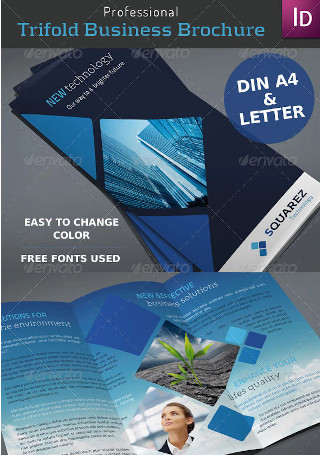
Business Trifold Brochure
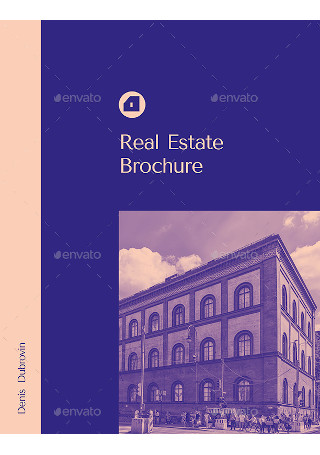
Modern Luxury Real Estate Brochure
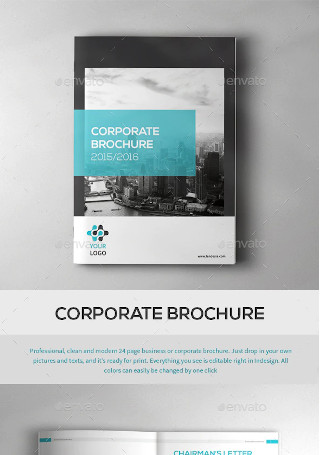
Company Brochure
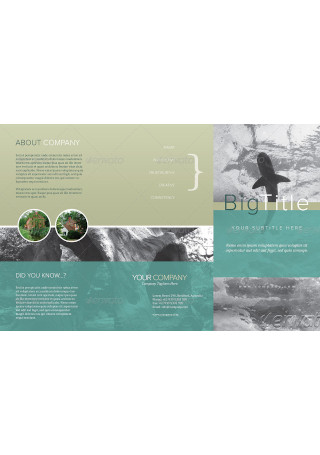
Trifold Brochure Bundle
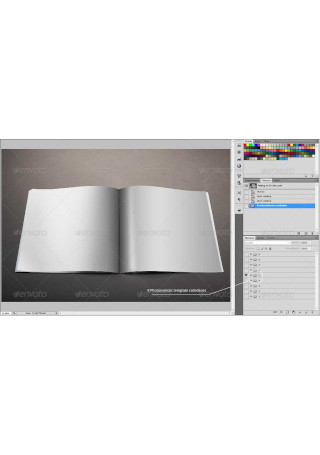
Photorealistic Square Brochure Mock-up
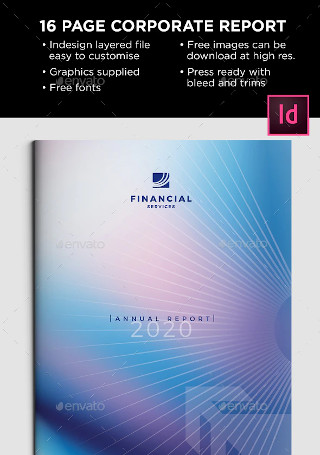
Corporate Brochure
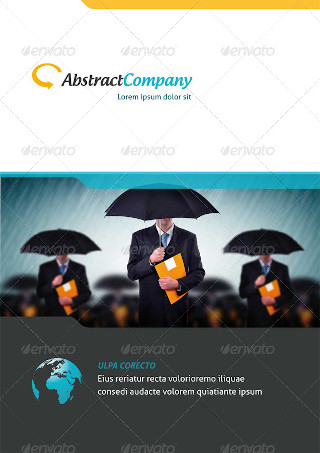
12 Page Business Brochure
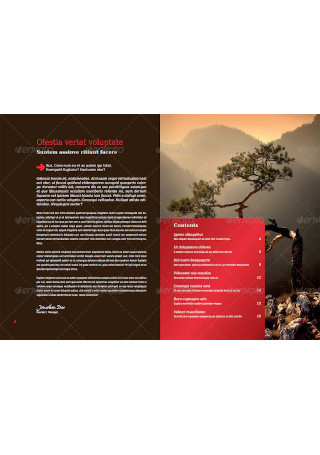
Business Brochure / Report
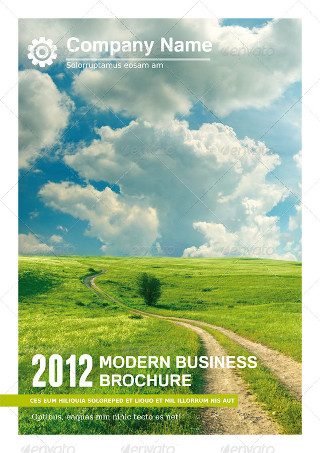
Business Brochure Clean Style
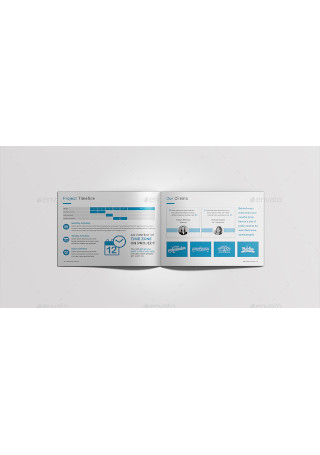
Landscape Web Design Brochure

Corporate Brochure Template
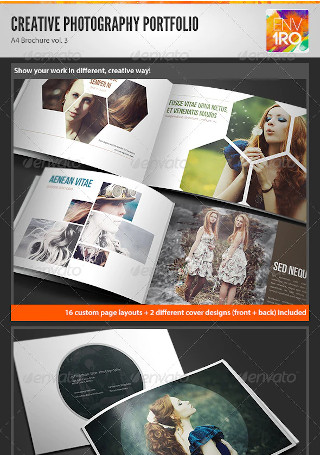
Creative Photography Portfolio Brochure
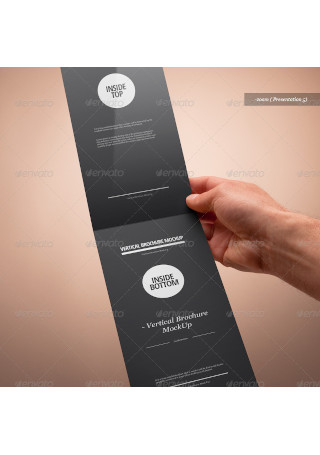
Vertical Flyer & Brochure Mock-Up
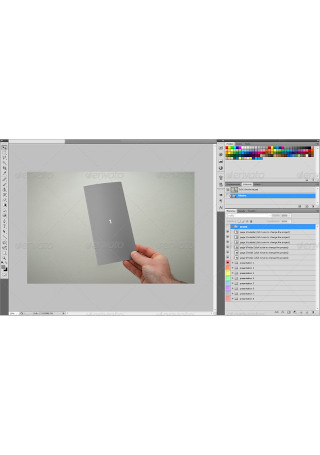
Photorealistic Brochure
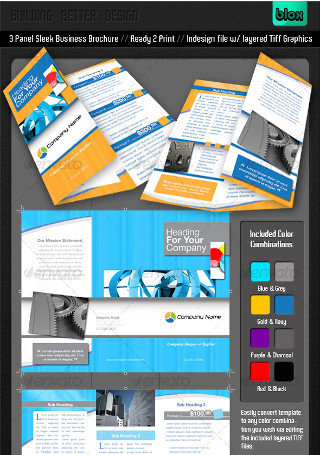
Sleek Business Brochure
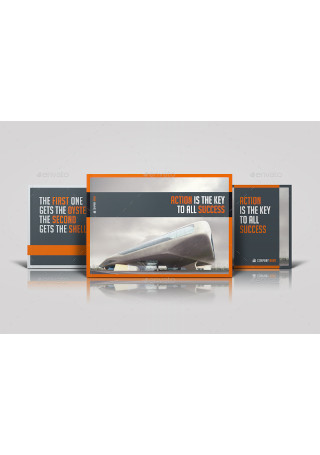
Business Horizontal Brochure

Brochure Mock-up
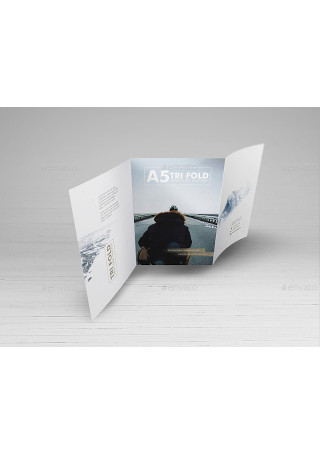
Trifold Brochure Mockups

Bifold Brochure

Multipurpose Trifold Brochures
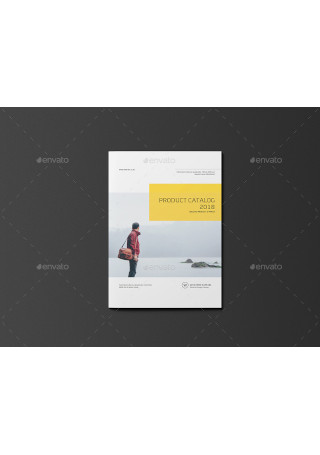
Product Catalogs / Brochure Template

Business Brochure Wave

Industrial Brochure
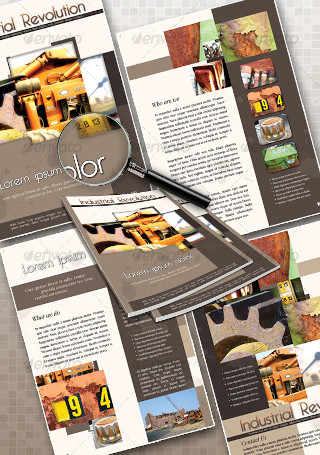
4 Pages Industrial Brochure
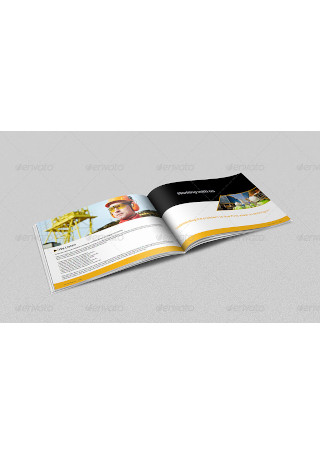
Construction Industry Brochure
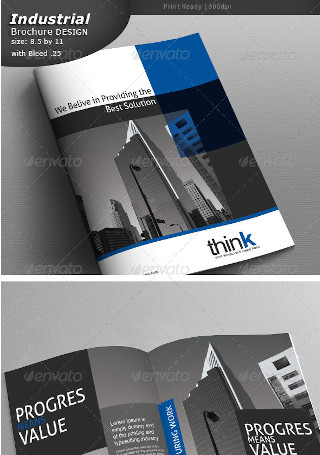
Industrial Brochure Design

Industry Trifold Brochure
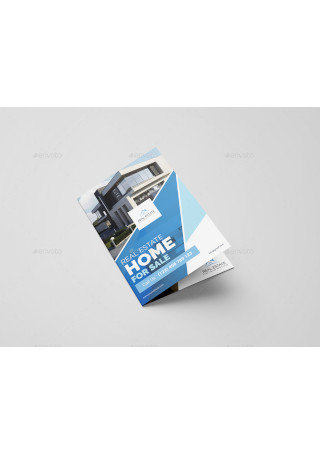
Real Estate Brochure

Eco Real Estate Brochure

Sample Real Estate Brochure
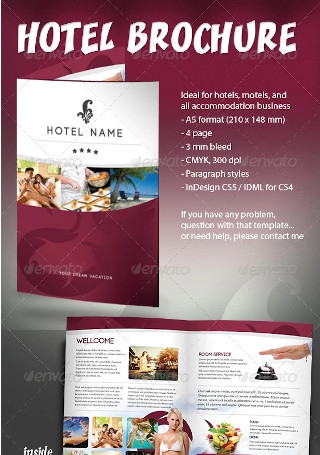
Hotel Brochure
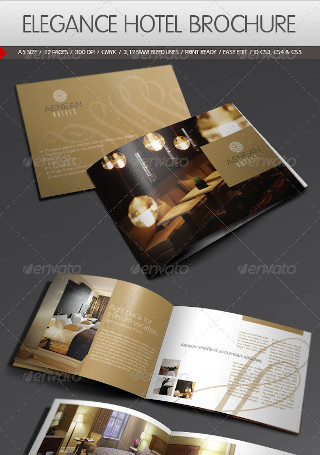
Elegance Hotel Brochure
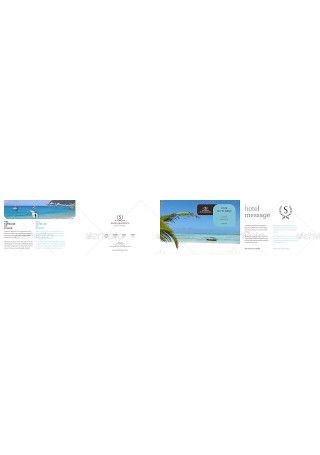
4 Fold Hotel Brochure

Colorful Hotel Brochure
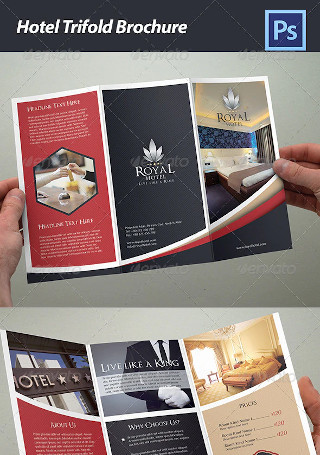
Hotel Trifold Brochure
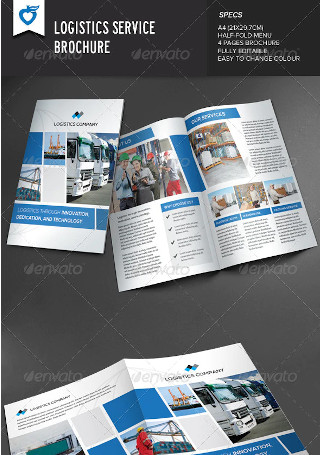
Logistics Brochure
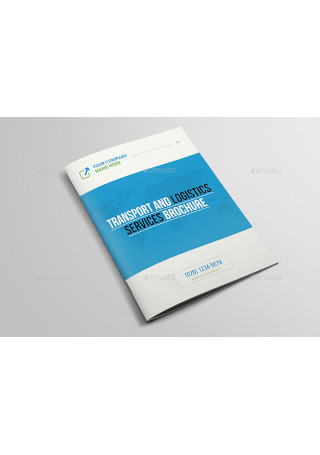
Transport And Logistics Services Brochure
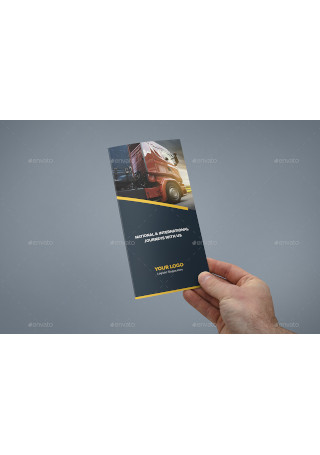
Brochure – Logistic Tri-Fold

Travel Brochure
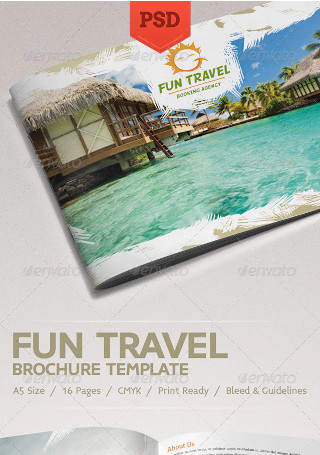
Fun Travel Brochure
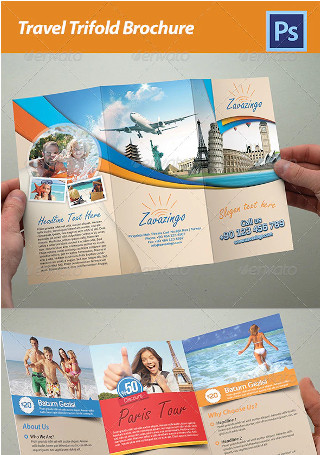
Travel Trifold Brochure
What Is a Brochure?
After your sales representative meets with a potential customer to discuss each other’s business, what happens when the prospect leaves? It only makes sense to offer your customers something that will remind them of your products and services. The Medium reports that more than 40% of consumers have made a purchase due to a direct mail piece they received. With most of the attention surrounding digital media, this opens doors for advertisers to stand above the competition and make an impact. Fortunately, a brochure can do just that through its informative content and well-executed marketing message.
A brochure is an advertising document that introduces your company, organization, or business offers to a targeted group or the general public. It informs potential customers of the benefits of your products and services in an attempt to boost conversions. The medium is usually folded to form panels containing a summary of your company’s promotional message. Brochures may be distributed in a variety of ways: as newspaper inserts, direct mail, or handouts. They are often distributed in high-traffic locations to widen the market reach and generate stronger leads.
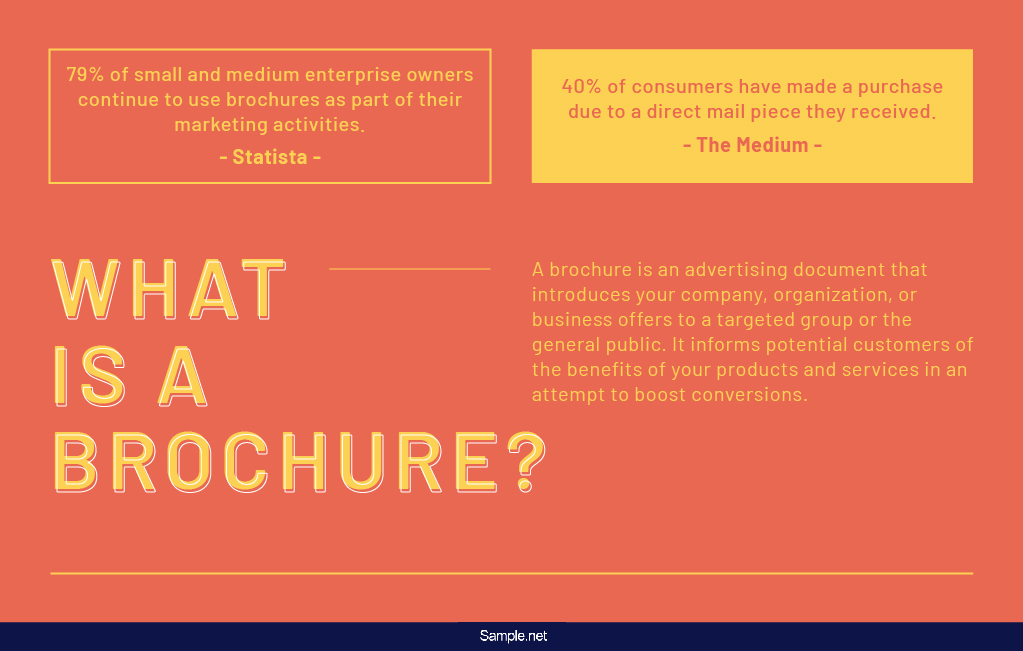
The Elements of a Brochure
When you want to deliver a pitch as part of your B2C or B2B marketing efforts, a professionally designed brochure gives you the opportunity to communicate your offers and build credibility in the marketplace. Not only is it meant to impress your target audience, but it also aims to position your business as a legitimate entity in the minds of prospects and customers. But the only way that your brochure can connect with readers is if it contains the three key elements of an effective brochure.
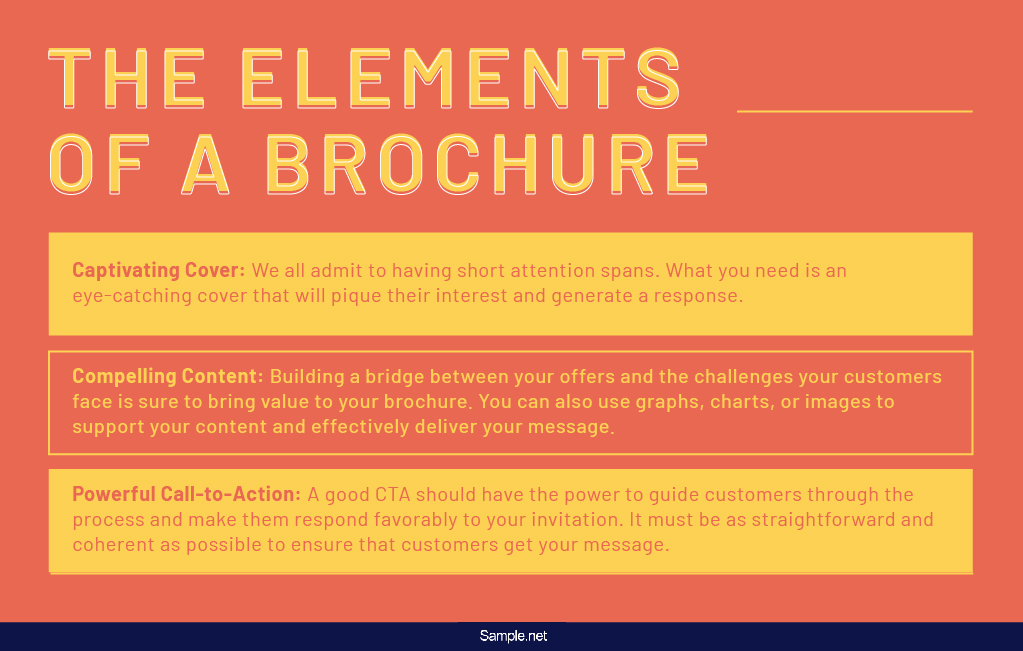
How to Design a Brochure
A business brochure allows you to communicate with customers in a creative manner. It introduces customers to your business through various elements that make up its content. The ultimate goal of the brochure campaign is to get people to act in response to your promotional efforts. With the amount of time and resources that go into its production, the last thing you want to witness is your brochure being thrown away to the nearest trash bin. Ensure that customers keep the brochure as a reference rather than as an item to dispose of by paying much attention to the actual design process.
Step 1: Pick a Format
Take the time to brainstorm on a game plan. Think about what you want to achieve with your brochure and identify the best course of action for it. This will help you determine what the central message of your brochure will be and how it may benefit those who read it. If you have a ton of information you want to include, a trifold brochure would be a wiser option in delivering these details accordingly. But if you’re going to use large imagery to relay your message, you can use a bifold brochure instead. A good tip is to take a piece of paper and fold it into one of the brochure formats you have in mind. You can visualize the possible outcome of your advertising brochure by using the makeshift material as a draft of your final brochure.
Step 2: Gather the Essentials
Get started with your content by collecting all the necessary information for the brochure. From product images to item prices, this is your chance to make sure everything you need to communicate with your audience is incorporated into the brochure. Since changes are bound to occur at the last minute, it’s best to settle with a rough outline of your copy. Remember to include your company logo (and tagline, if any) as well. It will be impossible for customers to recognize your brand without a unique element to remind them. List your business name, office address, and contact details in the most visible area of your brochure to let people know how they could reach you.
Step 3: Design the Layout
Whether you decide to use a brochure template or not depends on your preference and capacity. If you’re in a hurry, you can download a template online and customize it to suit your standards. What matters is that you are able to design a brochure that accurately reflects your brand. Consider the basics of creating any print or digital advertisement and find out what applies to your current project. It’s essential to make sure your text is easy to read from an expected distance to increase its chances of getting noticed. Experiment with different colors, shapes, sizes, and placements by moving things around until you’re satisfied with the results.
Step 4: Proof Your Copy
Now that you have finished with the creatives, it’s vital to proof everything before having it printed. Double-check your brochure for any errors in spelling, grammar, pricing, and image placement. Mistakes like these are even easier to spot if you can get a friend or colleague to do the review and see how clear all the information is. You can also ask for opinions and suggestions regarding the brochure’s layout. Criticisms are always welcomed as long as they are made with good intentions. This will help enhance the contents of your brochure before you proceed to the final stage of its production.
Step 5: Have it Printed
Once you’re happy with your layout and look, select a quality paper stock for the print ad. The purpose of the brochure can be the deciding factor in choosing the appropriate type of material to use. Be careful when making this decision, as there’s no way for you to redo the whole thing without making costly adjustments.
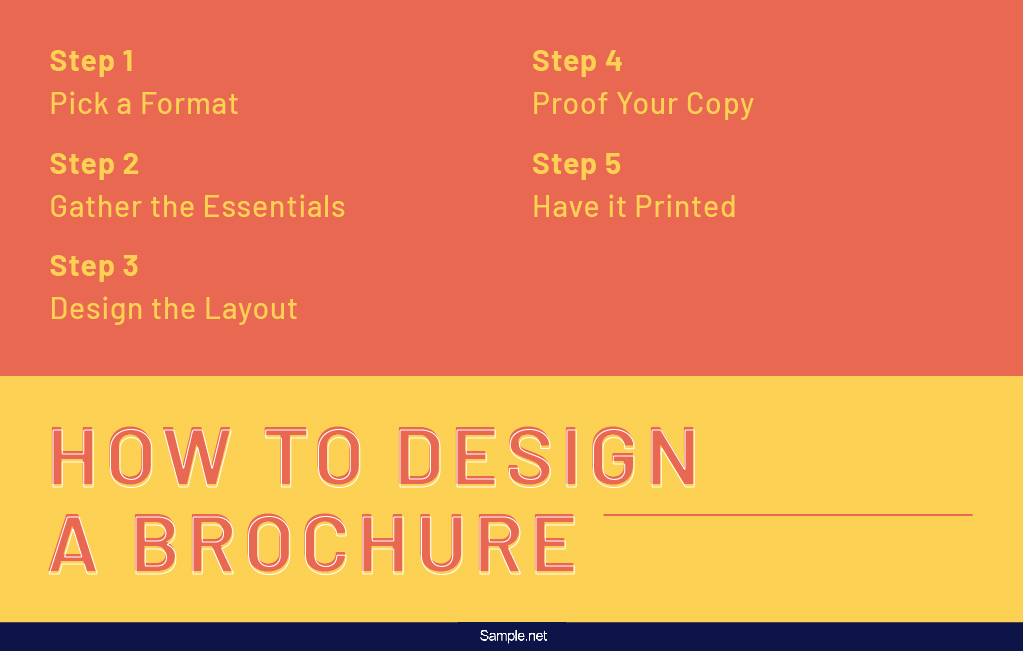
The Dos and Don’ts of a Brochure Design
Brochures make a great marketing tool when designed and delivered correctly. If you don’t pay attention to what’s important, a considerable number of your advertisements will end up in the trash instead of leading new customers into the business. Therefore, you need to make sure your brochure hits all the right marks. The following dos and don’ts of a brochure are sure to help make all the difference in increasing your market visibility.
Dos
1. Do have a clear purpose.
Be very clear about what you want to accomplish with the brochure. The general purpose of a brochure is to drive people to act, but what type of response should this be? Do you want prospects to call you, email you, visit your website, subscribe to your newsletter, or buy a product? Some brochures are meant to educate an audience, while others are designed to keep readers informed. Defining the objectives of your brochure design must be given the utmost importance to ensure you are able to produce a targeted advertising material.
2. Do balance text and visuals.
Two of the most critical components of a brochure design are your text and graphic elements. But because brochures carry more textual content compared to business flyers and posters, advertisers often forget to find the right balance between words and visuals. This can be quite overwhelming for readers to grasp. Your job is to tell a story worth remembering through a combination of written and visual contents without overdoing it. That’s because emphasizing too many objects all at once can be glaring to look at. This doesn’t mean you need to sacrifice your preferences for what’s ideal, but it does require you to limit your content to what’s essential.
3. Do improve readability.
Don’t make it hard for people to read your brochure. See the value in adding spaces between lines and images by applying them where necessary. The adequate use of line breaks and white space can come as an advantage in terms of improving the readability of your brochure. It’s also essential to maintain a logical flow of information by organizing your copy in a way that will make sense to readers. Breaking chunks of information down to manageable parts can help you carry your message across without trouble. This will also make it easy for customers to find the information they are looking for once they get a hold of your brochure.
4. Do keep a structured content.
Not everyone cares enough to read every last word of an advertisement. In fact, most readers would rather skim through the text of a brochure to find something that might interest them. One way to hold a person’s attention is to structure your content in a user-oriented fashion. This means prioritizing a customer’s preferences by using broad headings, catchy one-liners, and info graphics to keep information on top of one’s mind. This will leave a positive impression on a reader and contribute to the overall customer experience.
5. Do seek professional help.
It won’t hurt to seek the assistance of an experienced graphic designer and a copywriter. You might know a thing or two about print marketing, but how well do you understand the needs of the industry? Consult an expert to find out what you can do to keep your message engaging. A collaborative effort will surely pay off if you keep your priorities in check. Conducting a few test runs to measure the effectiveness of your brochure campaign will also make a difference.
Don’ts
1. Don’t use industry jargon.
Even if you are targeting a particular clientele, you still need to be considerate of the broader market. Thus, it’s a good idea to make your message simple and easy to comprehend. Do not overuse industry jargon and refrain from using technical terms that are too complex for the average person to understand. If necessary, you can provide a brief definition of these terms to make sure your customers interpret your message in its proper context.
2. Don’t forget the pictures.
A brochure without pictures is merely a booklet with no substance. If you had to describe it as bluntly as possible, you could say that it’s boring. Pictures play a part in getting your message across by providing customers a visual reference of your company, event, or product. They also help enhance the appearance of your layout by giving readers a break from your written content. The images you use must not only be of good quality, but they should also be relevant to the purpose of your brochure. As much as possible, consider using your own pictures or stock images that no one else is using. This will enhance the brochure’s visual appearance and help it stand out.
3. Don’t try to say it all.
With any type of brochure, there’s only a fair amount of space to cover what’s necessary. Giving away too much information can hurt your message and give your peers a competitive advantage. The brochure should serve as an invitation for people who want to know more about your product or service offers. Thus, it’s best to focus your efforts on the things that the brochure is designed to do. Think of the problem that needs solving and see how you can incorporate your promotional message into your content. You can leave the rest of the talking to the salesperson.
4. Don’t copy someone else’s ideas.
Keeping it original is one way to set yourself apart from a crowd. While there’s no such thing as an idea that is 100% original, creating a distinctive brochure design for your company is not impossible. Study what your competitors are doing and figure out what works and what doesn’t. You’re free to use existing print ads in the market as an inspiration, as long as you know where to draw the line. It’s essential to design a brochure that best represents your brand through its personalized content.
5. Don’t be afraid to invest in quality print.
Don’t feel bad about blowing your budget on professional printing. Although it’s still crucial to remain practical with your financial decisions, there’s no harm in wanting only the best possible brochures for your company. A lot of printing firms offer high-quality printing services at a reasonable price to clients with bulk orders. To stay within your means, you also want to refrain from adding needless features to your brochure design that offer no value to the objective of your campaign. It won’t come cheap, but it can definitely boost your ROI in some way.
Designing a brochure can be an exciting process. Seeing your ideas come to life can be a rewarding experience for any advertiser, especially if your customers respond to it in a way that complements your purpose. With that said, apply what you’ve learned from the guidelines provided to craft a brochure that can garner a favorable impression of your business.


